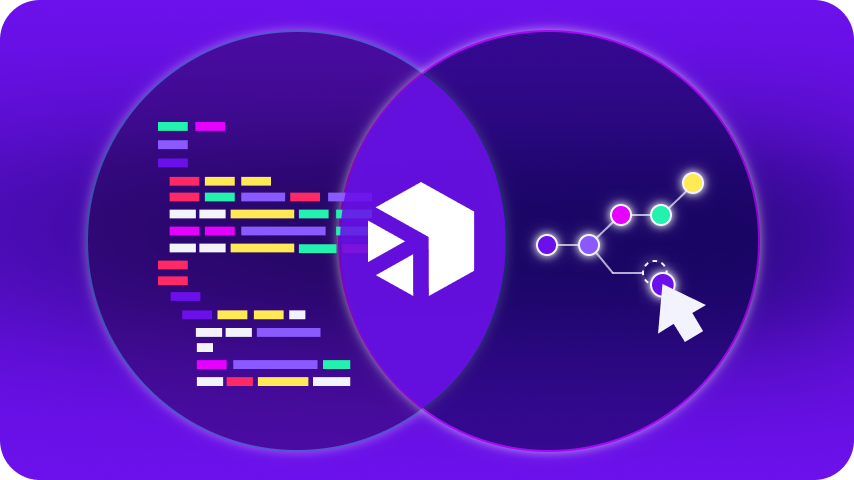December 28, 2022
There was a time when using the cloud was an innovative idea for businesses. But the evolution of technology marches on, taking the corporate world with it. Simply storing organizational data in the cloud or using a cloud-based “as-a-service” solution is no longer enough. Cloud-native is the new cloud. But why is cloud-native important?
What is Cloud Native?
The term cloud-native refers to today’s focus on designing and building software applications specifically to live and run in the cloud – as opposed to in an on-premise data center – to leverage the flexibility, scalability, and resilience the cloud offers. The strategy first emerged among digital natives – organizations formed to do business exclusively online – and has become a critical factor in how companies innovate, grow, and compete.
Cloud-native strategies let companies realize more of the advantages of cloud than traditional “lift and shift” techniques, which merely relocate systems to the cloud without adapting them to leverage all the benefits cloud can offer. As applications become more complex to meet rising user expectations, a cloud-native approach facilitates rapid responses to new trends and changing markets.
Cloud-Native vs. Cloud-Based
Still trying to figure out what cloud-based means? Here’s an easy way to differentiate:
Cloud-native
Cloud-native applications are purpose-built to run in the cloud, leverage its unique characteristics, and adapt to dynamic cloud environments.
Cloud-based
Cloud-based applications are designed to run in the cloud but are not built to leverage all its benefits.
Cloud-native application development typically features four key pillars:
- Microservices: Large projects are built as a group of modular components
- Containerization: Applications are virtually packaged and isolated for deployment
- Continuous delivery: Code is built and tested in short, continuous cycles
- DevOps: A methodology aimed at improving collaboration between development and operations teams
Why is Cloud Native Important?
Now that you know what cloud native is, let’s talk about why cloud native is important. The short answer is that it empowers your organization to achieve digital transformation goals and supports new business initiatives by leveraging the many benefits of the cloud.
But what does that really mean? And how does cloud-native architecture make those things happen? It’s easier to understand when you start examining the individual ways cloud native benefits your business.
Top 8 Benefits of Cloud-Native Architecture
1. Eliminate App Dependencies
Cloud-native architecture facilitates the development of applications independent of other apps, allowing development teams to build and deploy apps as needed without the hassle and cost of trying to deploy every system asset at once.
2. Reduce Vendor Lock-in
Cloud-native services are typically based on open-source code or standards-based technology, which makes them more portable and allows companies to switch solutions when their needs (or vendor offerings) change.
3. Minimize Downtime
The containerized nature of cloud-native applications dramatically reduces downtime associated with both planned updates and unexpected disasters or attacks. Cloud-native solutions are designed to allow developers or security professionals to shift containerized apps to alternate locations as needed.
4. Simplify Infrastructure Management
Another benefit of cloud native is that infrastructure management requirements decrease significantly. There is no need to configure on-premise networks, plan for storage, or provision cloud instances. This simplification reduces the time your IT staff must spend on maintenance and frees them to focus on more valuable tasks.
5. Cut Costs
Traditional on-premise work models have businesses spending huge portions of their IT budget on infrastructure – often without even fully utilizing its capacity. Cloud-native architecture only requires you to pay for capacity you use, and (as mentioned above, reduces time spent on maintenance).
6. Increase Agility and Flexibility
Cloud-native applications are typically smaller than their traditional counterparts, which makes them easier to build, deploy, and update as needed. The DevOps automation features they use enable continuous delivery of updates without disruption to end users.
7. Improve Customer Experience
When your business can deploy and update apps more rapidly in response to evolving customer demands, you provide a superior customer-centric experience that will keep your clients happy and loyal.
8. Reduce Time to Market
The ability to bring new products or services to market faster is a top business goal and one of the most important benefits of cloud native. The agility, flexibility, and reduced maintenance requirements associated with cloud-native apps increase the time developers can devote to innovation and cut the time it takes to launch new offerings.
Let Digibee support your digital transformation
Digibee’s data- and system-agnostic iPaaS can help you integrate your modern cloud-native applications and architecture with legacy systems and siloed data – seamlessly, with zero downtime, and faster than other integration solutions. Book a no-obligation demo today to learn how we can help your organization.













